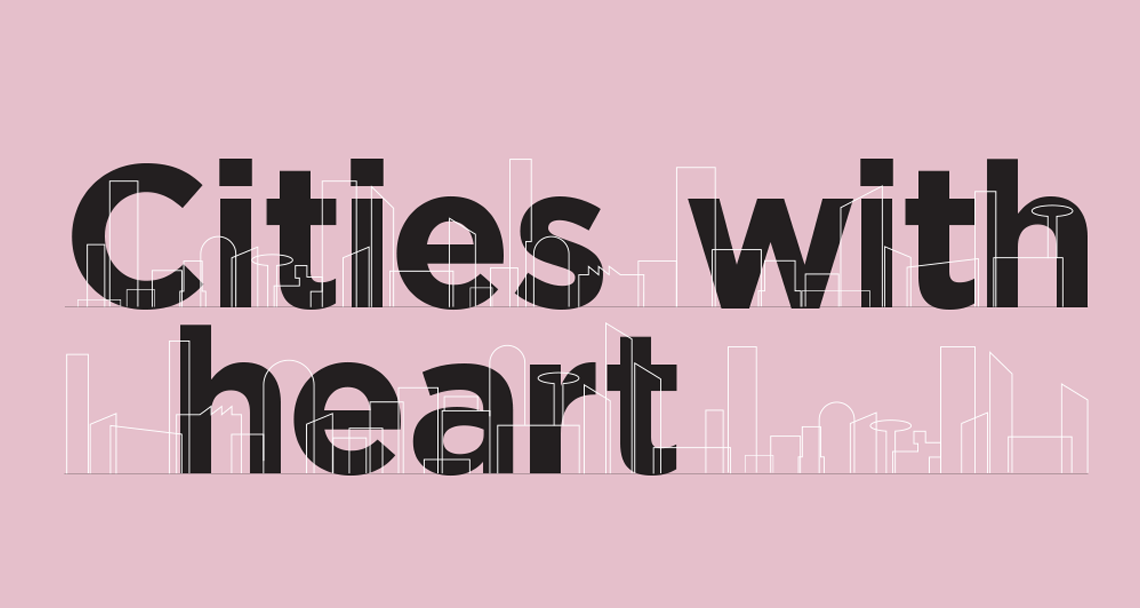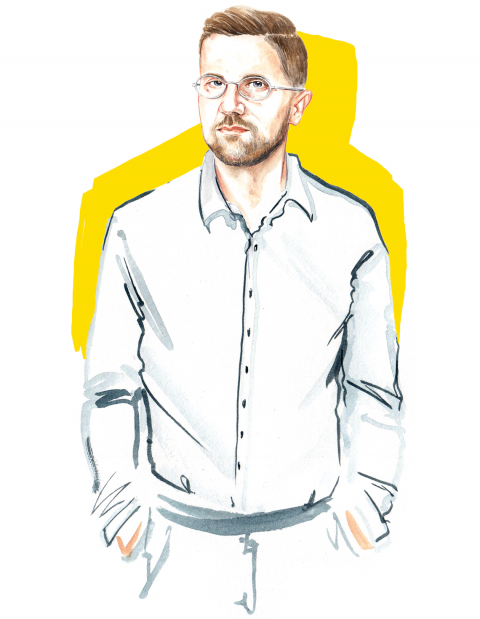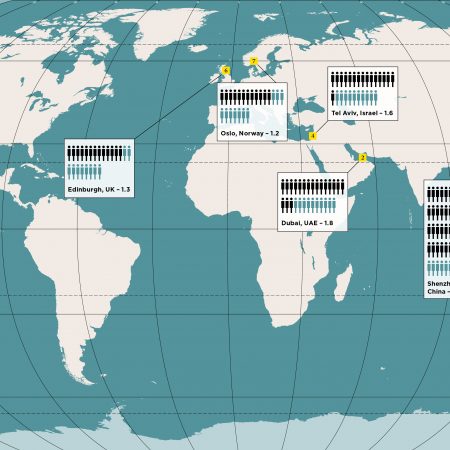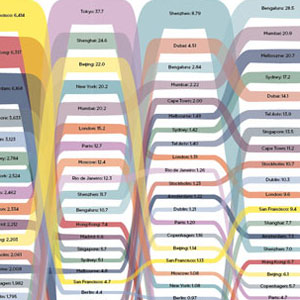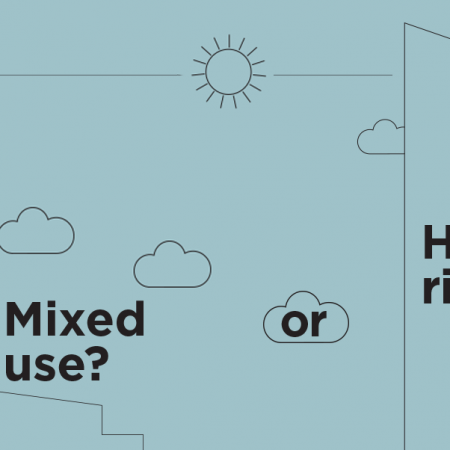The transformation in our cities is the manifestation of the internet of things. This technological ecosystem allows us to interact with the space around us in new ways. Applications are manifold: from energy to waste management, from mobility to water distribution, from city planning to citizen engagement.
From an architectural point of view, the city of tomorrow will not look dramatically different from the city of today. The key elements of architecture will remain the same, and our models of urban or office planning will be similar. What will change more significantly will be the way we experience the city – the way we live, work, shop and socialise.
New digital technologies and distributed intelligence have the potential to transform our spaces, and create an endlessly reconfigurable environment. In the future, we could imagine an architecture that adapts to human need, rather than the other way around – a living, tailored space that is moulded to its inhabitants’ needs, characters, and desires. At Fondazione Agnelli’s HQ in Turin, we have integrated digital technologies within the physical space. Interacting with the building management system, a smartphone app makes it possible for occupants to check in, book meeting rooms and regulate environmental settings with an unprecedented degree of personalisation. By synchronising energy usage and human occupancy within buildings, we can create a more sustainable and responsive architecture, fostering interaction and creativity.
Hacking is nothing new; it goes hand in hand with the emergence of telecommunications. One of the first attacks struck Guglielmo Marconi’s demonstration of radio transmission in 1903, when he communicated from Cornwall to London, nearly 300 miles away. What has changed, is that malicious hacking could have devastating consequences on the physical world. As then-US Defense Secretary Leon Panetta warned in 2012, given its current systems, the US is vulnerable to a ‘cyber Pearl Harbor’ that could derail trains and cripple power grids.
So, how can it be prevented? One option, surprisingly, could be to promote widespread adoption of hacking. Familiarity with hackers’ tools and methods provides a powerful advantage in diagnosing the strength of existing systems, and even in designing tighter security from the bottom up – known as ‘white hat’ hacking. This may become routine practice – a cyber fire drill – for governments and businesses, while academic and industry research focuses on developing further technical safeguards.
A city of sensors will create a large amount of data. The opportunities are immense, but so are some of the issues. In The Memory of the World, a short story written well before the digital revolution, Italo Calvino describes a society in which every detail and moment experienced by humanity is recorded for posterity. This quickly leads to intrigue and paradox – putting a spotlight on the importance of discussing the ever-growing presence of data in our society. Calvino’s questions are the same we have today: Who controls the data? How do you avoid data monopolies? Such questions are more pertinent than ever.
To address this issue, we should have an open conversation. At the Massachusetts Institute of Technology (MIT), we have been working on the ethical and moral issues connected to Big Data. In 2013, we launched an initiative called ‘Engaging Data’ involving leading figures from government, privacy rights groups, academia and business.
I like to imagine that our cities are becoming ‘senseable’. They can ‘sense’ and are ‘sensible’ – putting the human side of things at their core
Corporate collaborations for smarter cities
Words: Tim Oldham
San Jose, US
An Intel and INRIX-powered app helps officials reduce traffic congestion and cost-effectively monitor air-quality levels. It is also being utilised to help manage population growth (between 2015 and 2016 the number of residents grew by 1.2%, and it’s now the nation’s 10th largest city).
Barcelona, Spain
A range of new technologies include the smart bus stop, developed by JCDecaux with Cisco. Interactive ‘LiveTouch platforms’ feature adverts and live bus times, and act as wi-fi hotspots, USB power outlets and information points.
Shenzhen, China
The city is working with Huawei and Honeywell to make its buildings more energy efficient, sustainable and secure. Honeywell’s automation systems and connected solutions work across facility management and preventative maintenance, fire and security infrastructure, and heating, ventilation and air-con. Huawei provided ICT systems, such as security protection, cloud services and data centres to help with the program.
Songdo, South Korea
Cisco has invested $47m in this new smart city. A ‘telepresence system’ helps reduce the city’s costs and carbon footprint. Via TV screens in their homes, people can talk to their doctor, chat with English tutors in other countries, or take fitness classes; while businesses can utilise it for meetings and conferences.
Nationwide, India
In 2015, India launched the Smart Cities mission – with the aim to develop more than 100 smart cities in five years, and implement technology to improve residents’ quality of life and economic growth. These smart developments are also essential to help infrastructure cope with the 300 million people expected to move in to India’s urban environments over the next 15 years.
